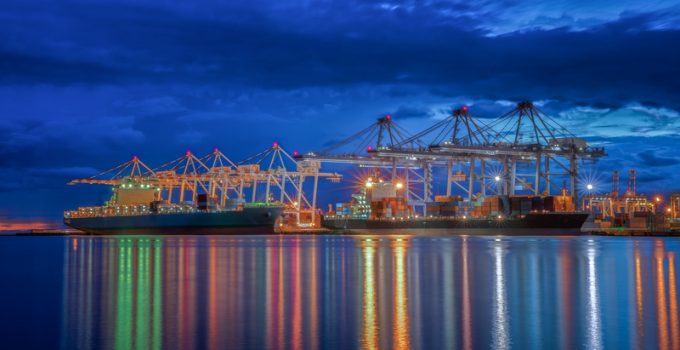Growing India-UAE trade flows to benefit from domestic currency invoicing
After a free trade deal last year, India and the UAE are looking to further ...

Container terminals should “get used to blanked sailings and volume volatility”, while shifting trade flows could benefit hub ports over gateways.
According to Lars Jensen, CEO of SeaIntelligence Consulting, liner industry consolidation has been “phenomenal” in allowing carriers to manage capacity through blanked sailings, with the ...

Comment on this article